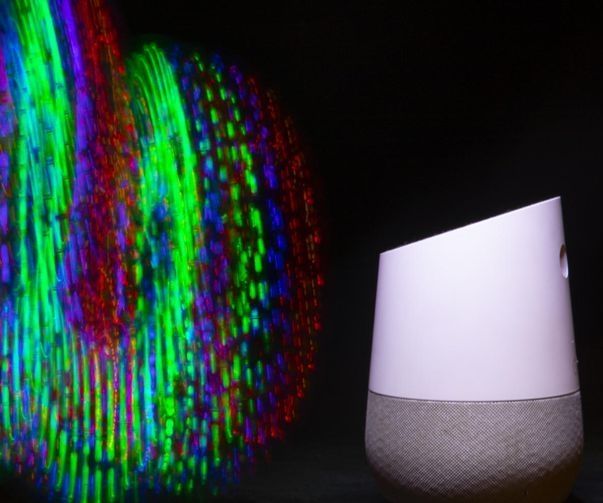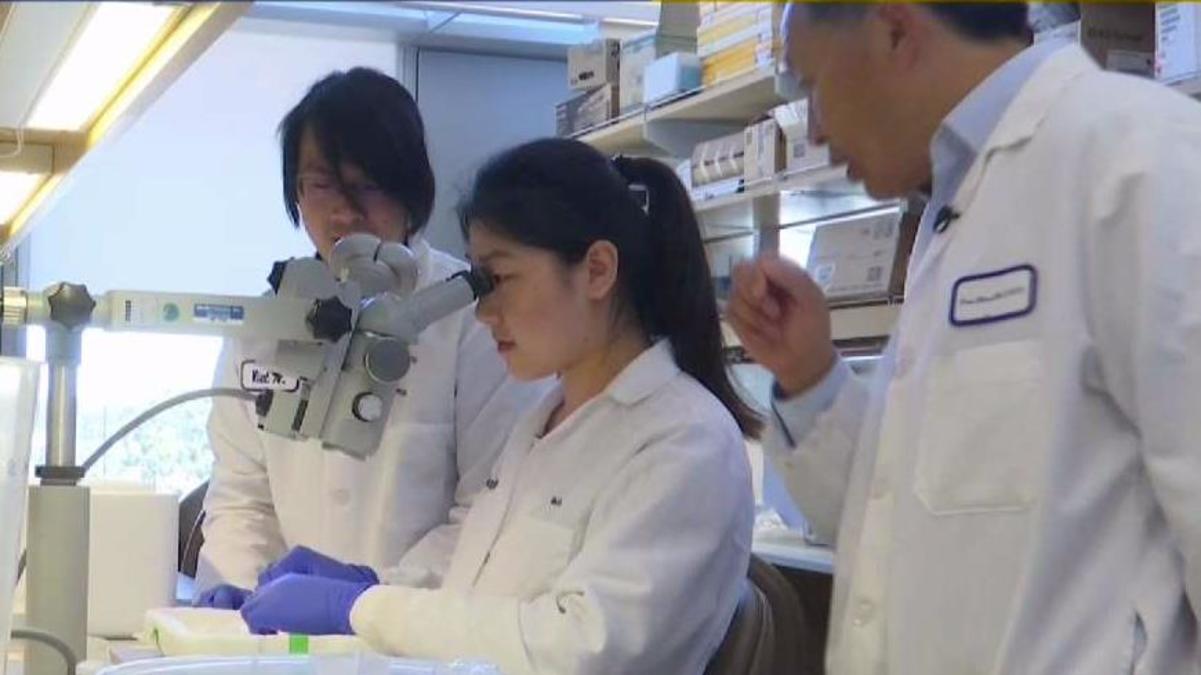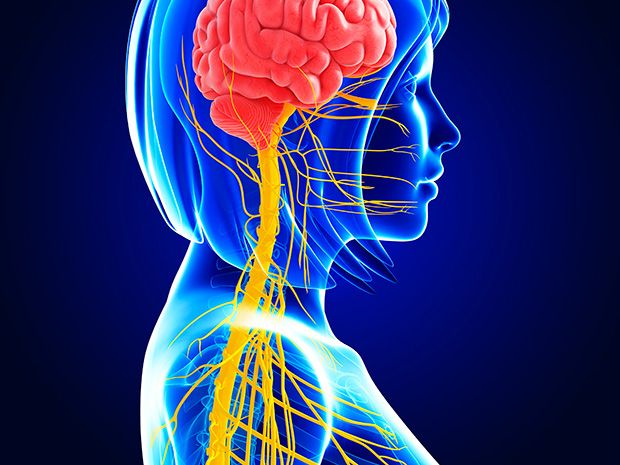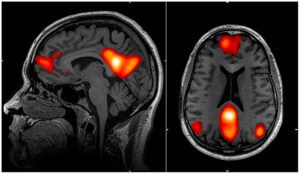Experimental technology, rolling out soon in a limited release, makes you think you’re talking to a real person.
Crispr could eliminate Genetic disease.
It’s so small it can’t be seen with the naked eye, but research is showing that CRISPR (Clustered Regularly Interspaced Short Palindromic Repeats) is bringing sight to the blind.
UC San Diego researchers are using CRISPR, a technology that allows scientists to edit genomes, to cure disease.
For the last two years, Ophthalmologist Dr. Kang Zhang and UC San Diego researchers have been working with CRISPR, injecting CRISPR into the eyes of mice to cure retinitis pigmentosa – a genetic form of blindness. “What we’ve seen in mice is that we can bring back actually 30 percent of vision sometimes even 50 percent of vision,” Dr. Zhang told NBC 7.
With the utmost of respect for Mr Buffett, when he calls BTC “rat poison” he is expressing his philosophical viewpoint of the program (i.e. decentralized currency), not making a prediction of its future (not that I, or anyone else can really know what that it).
The Oracle of Omaha is still not a fan of bitcoin. Neither is Warren Buffett’s top lieutenant Charlie Munger. But to be fair to crypto bulls, both have missed out on an amazing rally.
On May 1, around 200 scientists from the Genome Project-write (GP-write) met in Boston and announced the first target of their project: the creation of cells that cannot be infected by viruses.
What is the Genome Project-write?
GP-write includes sub-projects like the Human Genome Project-write (HGP-write), which was formally announced on June 2, 2016, and is an extension of the Genome Projects, which were launched in 1984. These projects were created to develop ways to read DNA in microbes, plants and multiple animal species, including humans.
An earthquake with a preliminary magnitude of 4.5 shook a large portion of Southern California early Tuesday morning, authorities said.
Summer. Blue sky. Sunshine. But you don’t notice much of it in the office or in your home, because the blinds block the view so that the heat stays outside. This scenario could soon be a thing of the past: EPFL researchers are working with Empa on a window glass that keeps out the heat in summer and at the same time allows a clear view of the outside world.
Depending on the season, windows must have a different function in order to provide sufficient comfort in offices and apartments. In summer they should keep heat away and prevent glare from the sun. In winter they should distribute the little light optimally in the room. A team led by Andreas Schüler from the Laboratory for Solar Energy and Building Physics at EPFL has recently developed a window that meets all these criteria. In cooperation with Empa researchers led by Patrik Hoffmann from the Laboratory for Advanced Materials Processing in Thun, work is currently underway on their manufacture—which could soon make sun blinds redundant. Seasonal window glass reduces summer overheating and glare in buildings and ensures high solar energy and daylight input in winter. All this without impairing the view outwards through dimming or blinds.
Jing Gong, a Ph.D. student at EPFL, used Empa’s highly complex laser system in Thun to produce a so-called master form with a microstructured surface with the precision laser. Micro mirrors are then evaporated into these micro-grooves and encapsulated in a polymer film. This film can then be easily inserted into a conventional double-glazed window. The arrangement of so-called “Compound Parabolic Concentrator” (CPC) lenses is used to optimally reflect sunlight with low restrictions in visibility. While the first prototypes have been developed in the laboratory, the researchers are already working on up-scaling. In a pilot project in cooperation with BASF Switzerland, the team is working on a manufacturing process that should make it possible to produce the window glass coating consisting of millions of micro mirrors with high precision, quickly and cost-effectively. This poses a major challenge due to the very high optical quality requirements.
America’s water is under threat from many sides. It faces pollution problems, outdated infrastructure, rising costs, and unprecedented droughts and rainfall patterns as the climate changes. Yet at a recent event hosted by the Columbia Water Center, the tone was cautiously optimistic, and the conversation centered on solutions.
“If we have aging infrastructure that’s falling apart, and we’re dealing with climate variability and change, isn’t that a good opportunity to actually do something?” suggested Upmanu Lall, director of the Columbia Water Center.
For decades, the U.S. has been a leader in water management. Now we’re falling behind; in the latest infrastructure report card, dams, drinking water and wastewater all received D ratings. But Lall thinks the country could get an A. Here are some of the solutions, presented at the event, that could help to get us there.
A Purdue University-affiliated startup that seeks to redefine “farm-to-table” when it comes to garden vegetables by delivering its first orders of an appliance that fits under a kitchen counter and grows produce year-round.
Heliponix LLC, founded by two Purdue University graduates, has begun taking orders on its GroPod, a dishwasher-sized device its creators believe will disrupt the landscape of how food is produced in the face of looming worldwide food shortages and increasing concerns about chemical runoff polluting water sources, rampant food waste and water supplies diminishing on a global scale.
“It’s great for consumers and for the environment,” said Scott Massey, CEO of Heliponix.
Viewing the body as a chemical system and treating maladies with pharmaceuticals is so 20th century. In 21st century medicine, doctors may consider the body as an electrical system instead, and prescribe therapies that alter the electrical pulses that run through the nerves.
The defense agency announces funding for 7 projects under its new ElectRx program.









